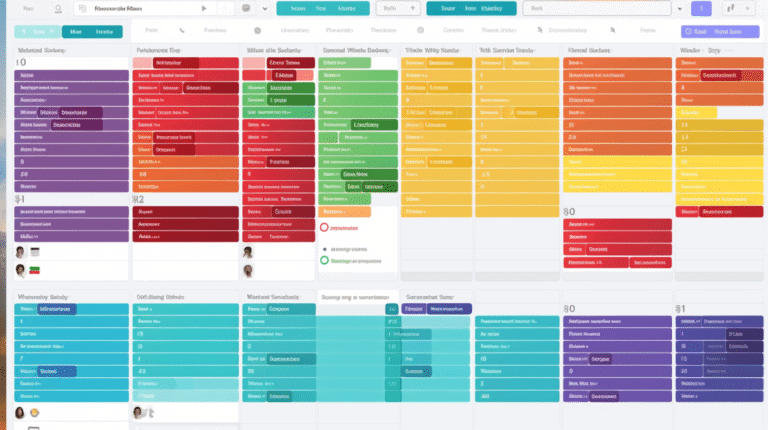Building the Ideal Tech Stack for Nonprofits: A Function-by-Function Guide
Introduction
Navigating the terrain of today’s digital revolution can be a daunting task, especially for nonprofit organizations. Along with delivering value and pursuing your mission, you’re also entrusted with the complex responsibility of managing an effective technology stack. This set of interconnected tools is no longer a luxury but a fundamental necessity to streamline operations, drive efficiency, and ultimately, create a greater impact.
According to the Nonprofit Technology Network’s (NTEN) 10th Annual Nonprofit Technology Staffing and Investments Report, nonprofits allocate an average of 5.7% of their total budget to technology. Yet, despite the spend, 64% of respondents don’t have a formal technology plan. This underlines the need for a well-structured tech stack that provides value for money while facilitating operational success.
Thankfully, the tech industry is increasingly acknowledging this requirement. Major players like Google, Microsoft, Salesforce, and AWS have stepped up, offering discounted, even free, services tailored to nonprofits. Microsoft, for example, through its Nonprofit Tech Investment Program, donated $1.6 billion in services to nonprofits in 2019 alone. With such opportunities at hand, building a powerful, cost-effective tech stack is no longer an insurmountable challenge but a realistic goal.
Fundraising and Donor Management
Fundraising is the lifeblood of any nonprofit, and robust donor management is a crucial part of this process. Salesforce’s Nonprofit Cloud, with its dedicated Nonprofit Success Pack (NPSP), is a top choice. It offers a unified platform for managing donors, tracking fundraising campaigns, and analyzing data. Salesforce integrates with tools like Donorbox and Fundraise Up for online fundraising, offering a cohesive ecosystem for all your fundraising needs.
Email Marketing and Communications
Email remains an essential channel for donor engagement. While Salesforce’s Nonprofit Cloud includes built-in communication tools, Microsoft’s Dynamics 365 for Nonprofits, with its seamless integration with Microsoft’s Office 365 suite, provides robust email marketing and communication capabilities. For Google-oriented nonprofits, Google Workspace for Nonprofits is a comprehensive suite offering email, calendar, and file storage services.
Project and Event Management
Managing projects and organizing events can be daunting. Asana, which offers special pricing for nonprofits, is an excellent tool for project management, boasting seamless integrations with Google Workspace and Microsoft 365. For event management, Eventbrite’s Nonprofit Program offers discounted rates and integrates well with the leading CRM platforms.
Volunteer Management
Coordinating volunteers demands effective communication and scheduling. Volunteer management tools like Volgistics and VolunteerHub integrate well with larger platforms such as Salesforce and Google Workspace, ensuring streamlined communication and efficient scheduling.
Website and Content Management
A nonprofit’s website is its digital storefront. WordPress’s easy-to-use platform is popular among nonprofits for website and content management, with discounted hosting available through partners like DreamHost. Both Google’s Analytics and Search Console and Microsoft’s Clarity provide comprehensive analytics for understanding website traffic and user behavior.
Data Analysis and Reporting
For data analysis and reporting, Google Data Studio stands out with its robust yet user-friendly interface, seamlessly integrating with Google Workspace. Microsoft’s Power BI, part of the Microsoft 365 suite, is another powerful tool for nonprofits, offering detailed data analytics and visualization.
Cloud Storage and Collaboration
Nonprofits need reliable cloud storage and collaboration tools. Google Drive and Microsoft OneDrive stand out in this category, each part of their respective suites. For nonprofits seeking more extensive cloud services, Amazon’s AWS offers a nonprofit program with access to its comprehensive cloud services, including cloud storage.
Conclusion
Building the ideal tech stack is an ongoing process of assessing your nonprofit’s unique needs and finding the best tools to meet them. With dedicated nonprofit programs from leading tech providers, it’s possible to build a powerful, cost-effective tech stack that boosts your organization’s efficiency and impact.







